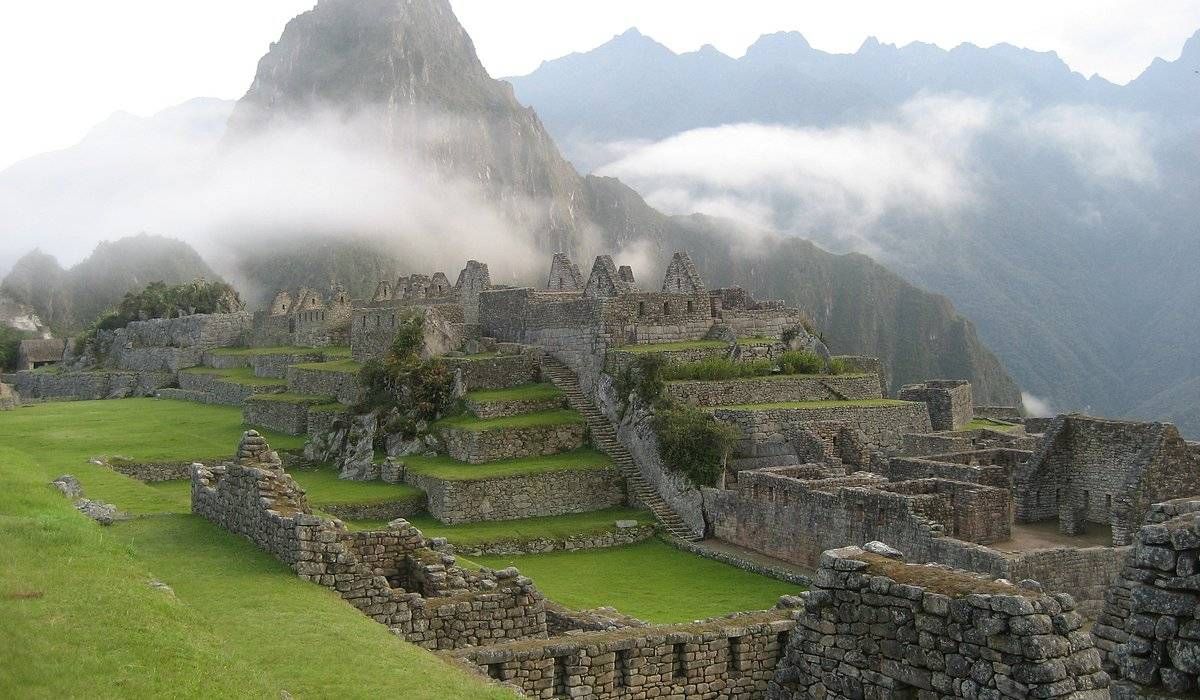When I first saw the magnificent ruins of Machu Picchu, my heart pounded faster. The journey began in the morning freshness of the Peruvian Andes, and the first rays of the sun lit up mysterious terraces, forcing stone blocks to sound the ancient song of the Inca. This blog is not only a historical certificate, but also my personal impressions diary, where knowledge of the past is intertwined with the sensations donated by this unique corner of the planet.
Historical context
Machu Picchu was erected in the middle of the 15th century and served as a religious center and summer residence for the ruling class of the Inca. Its location at an altitude of more than two thousand three hundred meters above sea level surrounded by cloud forests made the complex inaccessible and reliably hidden from third -party eyes. Despite the loss of accurate information about the purpose of individual buildings, archaeologists note the thoughtfulness of the layout and harmony concluded in the stone:
- The temple of the sun: A semicircular structure with windows through which the sun's rays entered the strictly defined moment of the solstice.
- Observatory: Stone cuts on tops that served to observe the stars and calendar cycles.
- Dwellings of priests and aristocracy: Small houses with double walls for thermal insulation.
- Slop terracing: Agricultural sites with a drainage system for protection against landslides.
- Sacred rock: A cult stone, possibly symbolizing the god Virakoch.
The first impression
Climbing the narrow serpentine of the Inca Trail path, I literally felt the thin cold humidity of the mountain air in the lungs. The first steps on the terraces opened a panorama, where the soft green hville of the forest descended to the Urubamba gorge. At the moment when the fog was scattered, a stone city, frozen in time, appeared before his eyes. In these minutes there is no separation between the past and the present - each stone is like a living witness of events hidden over the centuries.
- A sense of delight at the sight of the “city quarter” with even rows of houses.
- Light dizziness at an altitude above 2300 m.
- Tactile contact with polished winds.
- Sounds of nature: cries of condors and rustling foliage.
- Understanding the scale of the engineering genius of the Inca.
Architectural features

Masonry masonry to Machu-picchu is striking in the accuracy of fitting blocks without a single solution. Like the objects of the puzzle, they formed into the walls of buildings, withstanding earthquakes and pouring rains. I was especially impressed by the double walls of the temples, retaining a comfortable microclimate, as well as a complex drainage system that did not allow the slopes to leave under the flow of mountain water. Buildings seem to breathe along with the mountain, and each architectural element has a symbolic meaning associated with luminaries or rituals.
- Warm light passing through small window niches.
- The smoothness of the stone, polished by winds over the centuries.
- Geometric patterns in laying, reflecting the Inca cosmology.
- Secret passages between temples and office premises.
- Rain water collection systems for irrigation of terraces.
Modern visit and emotions
Each tourist feels unity with history, step by step exploring the mosaic labyrinth ruin. For me, a walk among the ancient walls became meditation: I peered into the contours of the temples, listened to the guide’s stories about the last days of the empire, and each time rethought the fragility and greatness of human capabilities. Local guides, the heirs of the Kechua culture, often share legends, where the mountains are living deities protecting the treasures of their ancestors.
- Start a tour at dawn, while there are still few tourists.
- Do not forget about sunscreen and headdress.
- Take water and snacks with you for long walks.
- To visit the next hill of Inti Pu, for panoramic species.
- Those respectfully behave among the sacred places and follow the instructions of the guides.
Returning to Cuzco and listening to the sounds of guitars in the central square, I realized that Machu Picchu was not just stone ruins. This is a bridge between the past and the present, designed to recall the values of each moment and how important it is to protect the legacy created by the hands and mind of our ancestors. My trip became a source of inspiration and new discoveries that I will keep in my heart forever.
